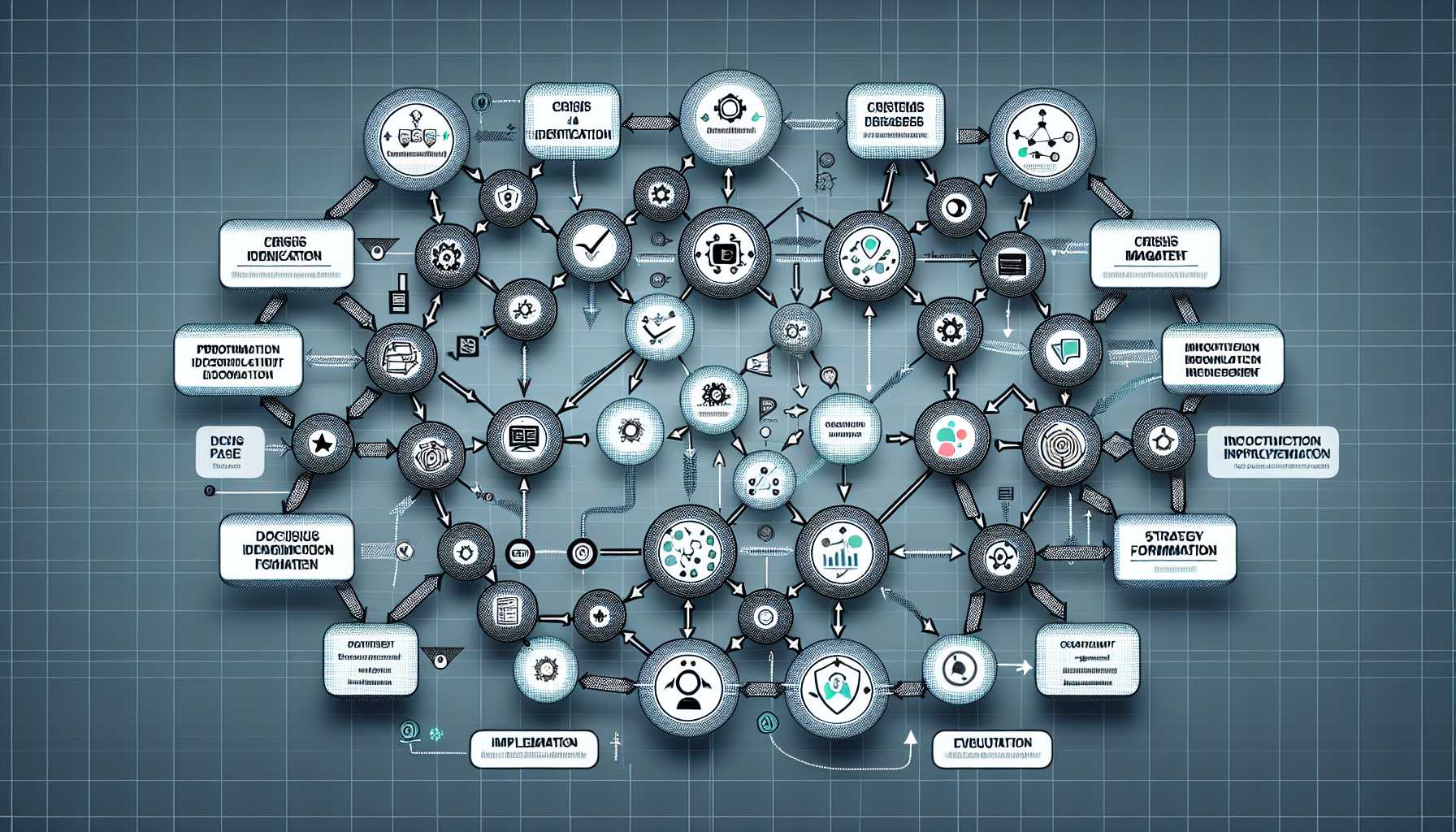Greetings, fellow product stewards. Throughout my career, I’ve had my fair share of firefighting moments when it seemed like the sky was falling. Today’s post distills those experiences into actionable strategies for handling product crises and setbacks in the dynamic tech industry.
Preparation is Key
Anticipating crises is better than reacting to them. I always advocate for robust scenario planning, leveraging frameworks like SWOT (Strengths, Weaknesses, Opportunities, Threats) and implementing robust monitoring for early warning signs. This saved a project I led from what could have been a catastrophic security breach.
Communication: Transparent, Timely, and Two-way
During a crisis, how you communicate can make or break the situation. I prioritize transparent and timely communication. Once, when facing a major service outage, we established a direct communication channel with our users, providing regular updates, which significantly contained the fallout. Active listening to stakeholders’ concerns also forms part of a crucial feedback loop.
Maintaining Customer Trust
Keeping customers’ trust is paramount. When a critical feature fell short of expectations, my team implemented an immediate remediation plan and communicated this to users, showcasing our commitment to excellence which helped preserve customer loyalty.
Adapting with Agile Crisis Management
Lean and agile methodologies aren’t just for developing products; they’re equally vital for crisis management. In one instance, daily stand-ups and sprint planning enabled us to tackle a product flaw with rapid corrective actions, drastically reducing time to resolution.
Empower the Front Lines
Empower those closest to the problem to make decisions. During a severe performance issue, empowering our support team to make on-the-spot decisions improved resolution time and customer satisfaction.
Root Cause Analysis
Post-crisis, it’s essential to understand what went wrong. I’m a fervent practitioner of the Five Whys technique for root cause analysis. This exercise once revealed a deeper systemic problem in our release process, prompting us to overhaul our CI/CD pipeline which resulted in fewer future incidents.
Revisiting Product Strategy
Some crises signal that a pivot or strategy adjustment is necessary. I’ve learned to be open to this, using tools like the Ansoff Matrix for strategic planning. When a key product was floundering, this framework guided us to pivot towards a more promising market segment, leading to a successful turnaround.
Invest in Resiliency
A crisis often reveals vulnerabilities. After a DDoS attack impacted services, we invested in redundant systems and enhanced security measures, making our platform more resilient than ever.
Staying Customer-Centric
Throughout crises, staying focused on the customer experience is crucial. When our product’s user interface received widespread criticism, we rapidly undertook a user-centered redesign, greatly improving usability and satisfaction.
Keep an Eye on Team Morale
Crises can take a toll on team morale. As a leader, I prioritize emotional intelligence and make myself available for one-on-ones, ensuring that the team’s spirit remains unbroken. Celebrating small wins post-crisis can also reinvigorate a weary team.
In the accompanying visual, I would showcase the crisis management flow as a dynamic system diagram, displaying the iteractive processes and the flow of inputs and outputs at each stage 
Overcoming the whirlwinds in tech product management is both art and science. By sharing these strategies, I hope to equip you, my seasoned comrades, with an added layer of resilience and preparedness for whatever challenges may come your way.
